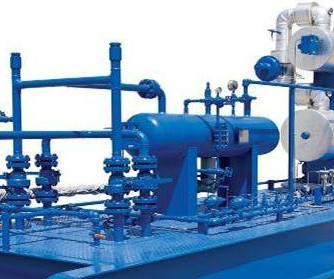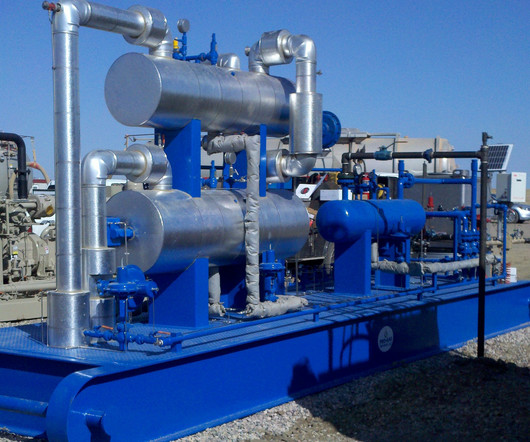What’s Changed in Natural Gas Dehydrators
Pro-Gas Services
JULY 20, 2025
Early Refrigeration Methods Another early technique involved cooling the natural gas stream to condense the water vapor. This was based on the principle that the capacity of natural gas to hold water vapor decreases significantly at lower temperatures. The condensed liquids are then separated from the dry gas.











Let's personalize your content